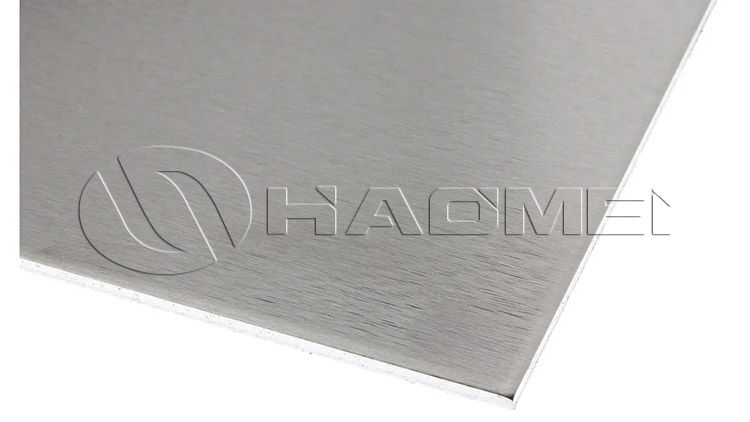5083 H32 VS 5083 O Aluminum
5083 aluminum plate has become a common material for shipbuilding due to its excellent corrosion resistance and good comprehensive performance. Among them, the two tempers of 5083-H32 and 5083-O have significant differences in process and performance, and thus have different focuses in the application of ship components.

Different manufacturing processes
The h32 temper of 5083 aluminum sheet represents its work hardening and partial annealing manufacturing process, which makes it have the characteristics of 1/4 hardness. The 5083 O aluminium adopts a complete annealing process, which softens the alloy and has good plasticity, which is convenient for subsequent forming processing.
Different performance performance
From the perspective of strength, 5083-H32 is significantly stronger than 5083-O due to work hardening. Its tensile strength is usually in the range of 305-385MPa, and the minimum yield strength can reach 215MPa. This high-strength property enables it to effectively resist deformation and fracture when subjected to large external forces.
In contrast, the strength of the 5083-O alloy is lower, with a tensile strength of about 170-215MPa and a yield strength of about 75-105MPa, but its advantage is that it has excellent plasticity, high elongation, and can withstand a large degree of deformation without breaking.
In terms of corrosion resistance, both states of 5083 aluminum alloy have good performance. 5083 alloy itself uses magnesium as the main alloying element. Magnesium forms a dense oxide film on the surface of the alloy, which effectively prevents corrosive media such as oxygen and moisture from contacting the base metal, thereby providing basic corrosion resistance.
The 5083-O alloy is stable in general corrosive environments due to its uniform structure; although the 5083-H32 alloy has been work-hardened, its corrosion resistance is still excellent in conventional atmospheric environments, food processing, and construction applications.
However, in some complex corrosive environments, the microscopic defects or residual stresses that may be generated during the work-hardening process may theoretically have a certain impact on its corrosion resistance, but this potential deficiency can be effectively compensated by appropriate surface treatment and other protective measures.
In terms of processing performance, 5083-O alloy is suitable for cold stamping, deep drawing and other forming processes of various complex shapes due to its good plasticity, and can be easily made into the shapes required by various ship parts. For example, when manufacturing some complex ship interiors or small structural parts, 5083-O alloy can complete the processing under a small processing force, and it is not easy to have defects such as cracks.
The 5083 h32 aluminum plate is relatively difficult to process due to its high strength. It requires greater processing equipment power and more precise mold design during cold processing, but it performs well in welding performance. The use of appropriate welding methods (such as gas shielded metal arc welding, etc.) can obtain reliable quality structural welds, which is of great significance in the connection and assembly of large ship structures.
Original Source:https://www.marinealu.com/a/5083-h32-vs-5083-o-aluminum.html
Tags: 5083 aluminum plate ,